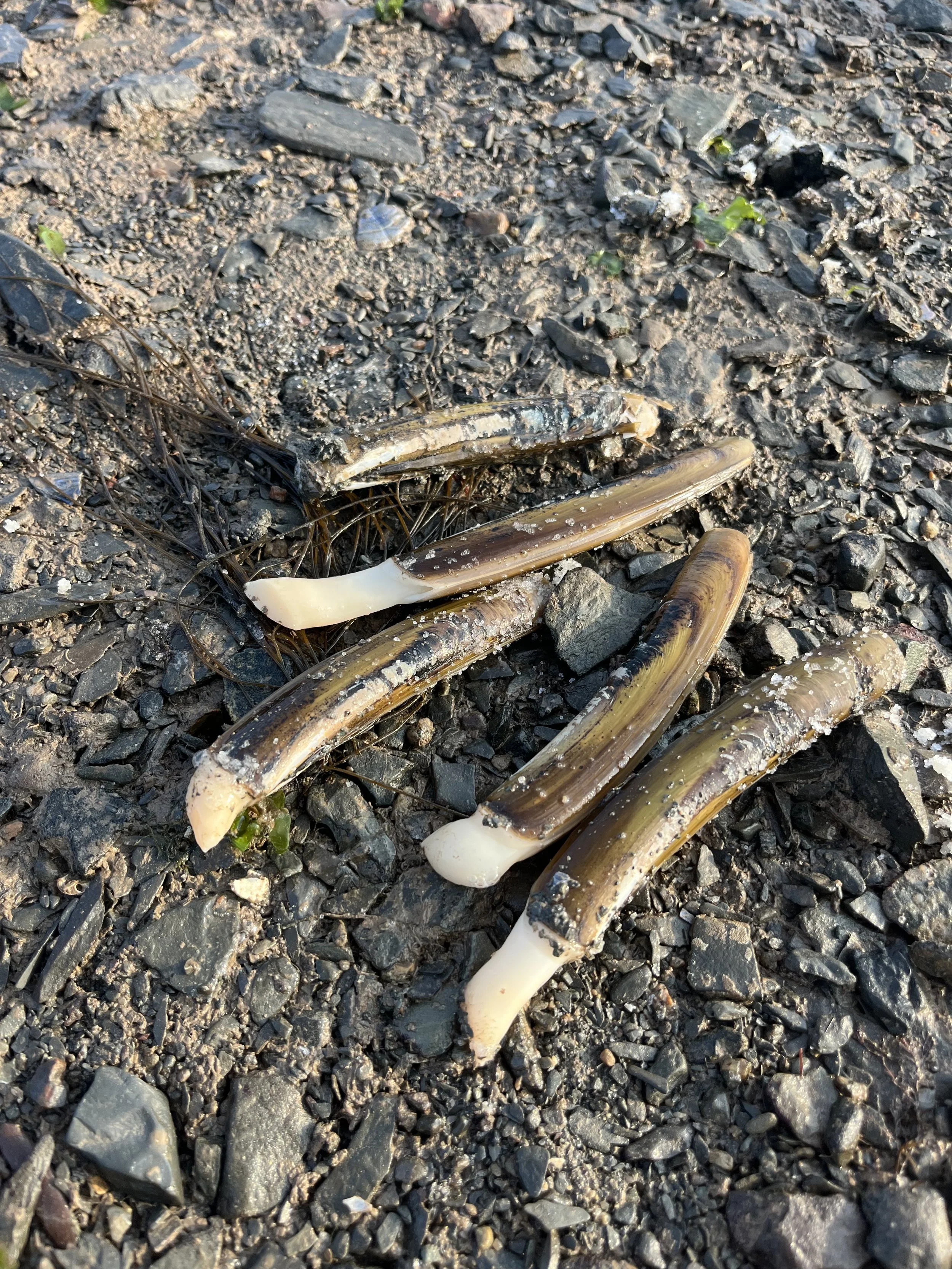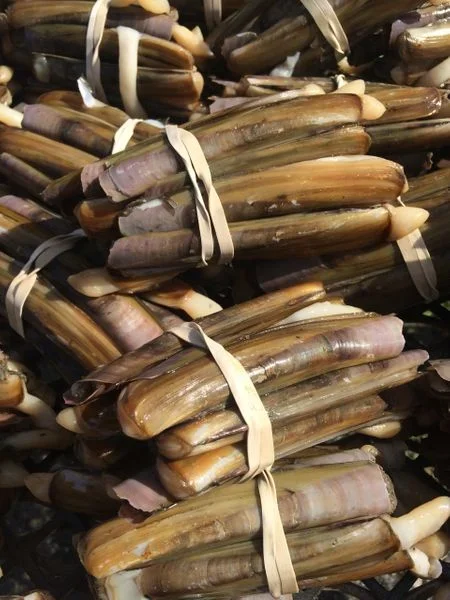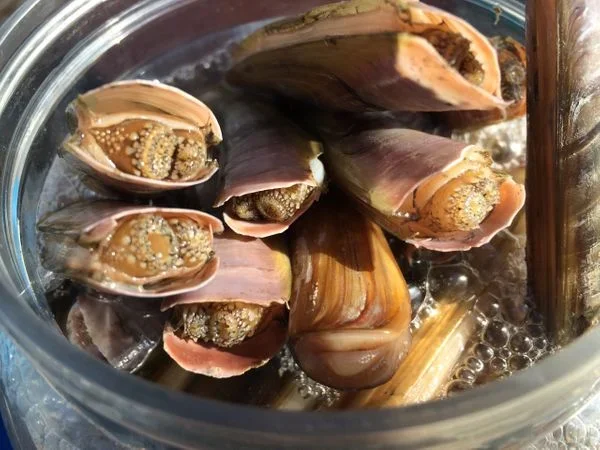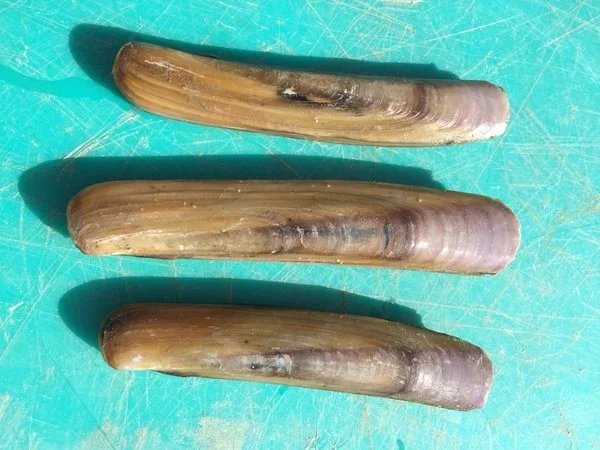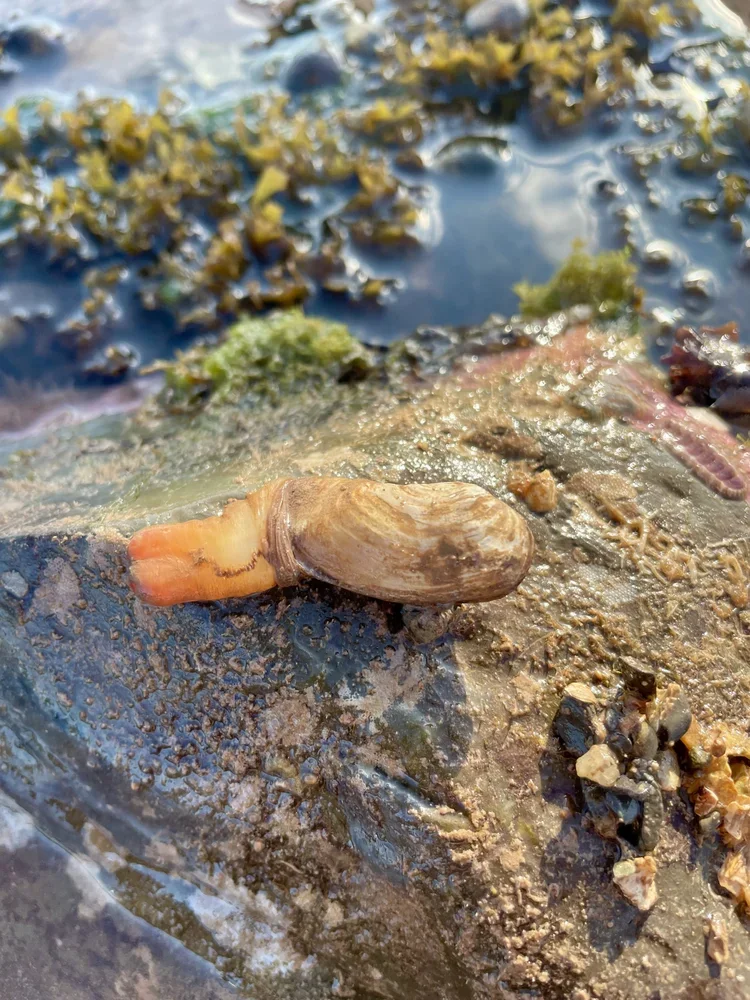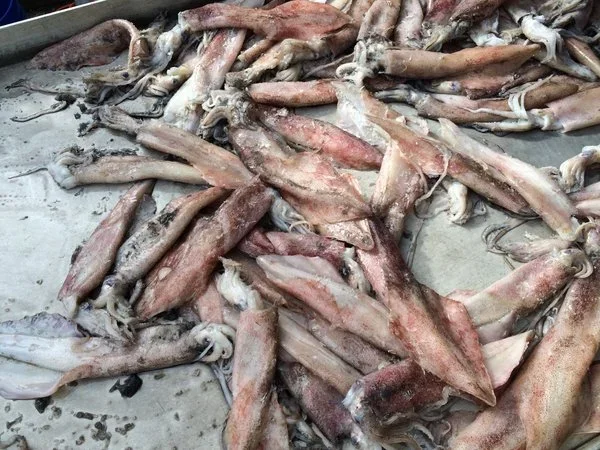 Image 1 of 4
Image 1 of 4

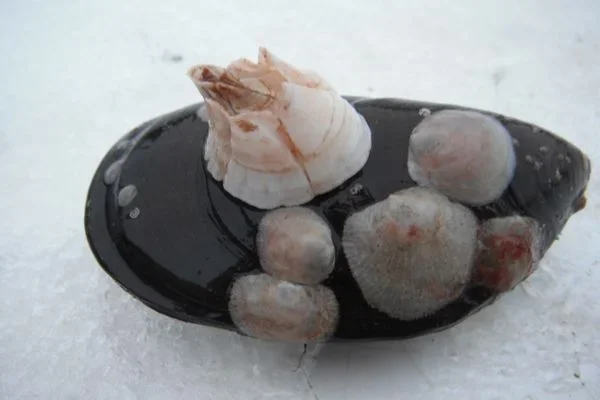 Image 2 of 4
Image 2 of 4

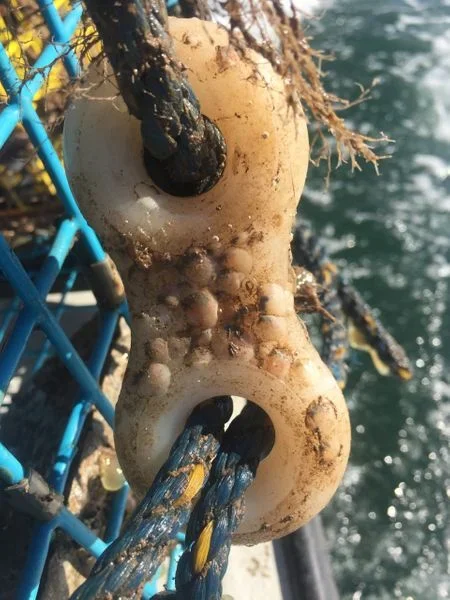 Image 3 of 4
Image 3 of 4

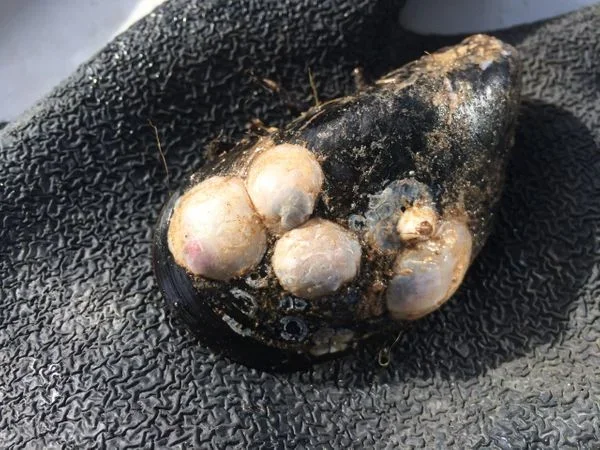 Image 4 of 4
Image 4 of 4





Common Jingle Shell (Anomia simplex)
Live Common Jingle Shell (Anomia simplex)
Please note this is a live marine specimen.
The Common Jingle Shell (Anomia simplex) is a delicate, translucent bivalve found attached to floats, lobster traps, mussel shells, rocks, and pilings along Maine’s coastal waters. Known for the soft rattling sound the shells make when collected—hence the name “jingle shell”—this species adds a natural shimmer and movement to aquariums and marine study displays. Their irregular, paper-thin shells vary in color from white to tan to pale yellow, reflecting the light beautifully underwater. Sustainably hand-collected from subtidal habitats, each live specimen provides an excellent opportunity for studying bivalve attachment, growth, and adaptation in dynamic marine environments.
Key Facts:
Common name: Common jingle shell
Scientific name: Anomia simplex
Locations: Floats, lobster traps, pilings, rocks, mussel shells, buoys, etc. (subtidal)
Seasonality: Available year round
Colors: White, tan, or yellowed
Size: ¼” – ½”
Collected: By hand
Quantity: Sold by the each
Note: This is a live marine specimen. Natural variations in size, color, and appearance from photos should be expected. If you would like any specimen preserved, please send a request to: info@gulfofme.com
Live Common Jingle Shell (Anomia simplex)
Please note this is a live marine specimen.
The Common Jingle Shell (Anomia simplex) is a delicate, translucent bivalve found attached to floats, lobster traps, mussel shells, rocks, and pilings along Maine’s coastal waters. Known for the soft rattling sound the shells make when collected—hence the name “jingle shell”—this species adds a natural shimmer and movement to aquariums and marine study displays. Their irregular, paper-thin shells vary in color from white to tan to pale yellow, reflecting the light beautifully underwater. Sustainably hand-collected from subtidal habitats, each live specimen provides an excellent opportunity for studying bivalve attachment, growth, and adaptation in dynamic marine environments.
Key Facts:
Common name: Common jingle shell
Scientific name: Anomia simplex
Locations: Floats, lobster traps, pilings, rocks, mussel shells, buoys, etc. (subtidal)
Seasonality: Available year round
Colors: White, tan, or yellowed
Size: ¼” – ½”
Collected: By hand
Quantity: Sold by the each
Note: This is a live marine specimen. Natural variations in size, color, and appearance from photos should be expected. If you would like any specimen preserved, please send a request to: info@gulfofme.com
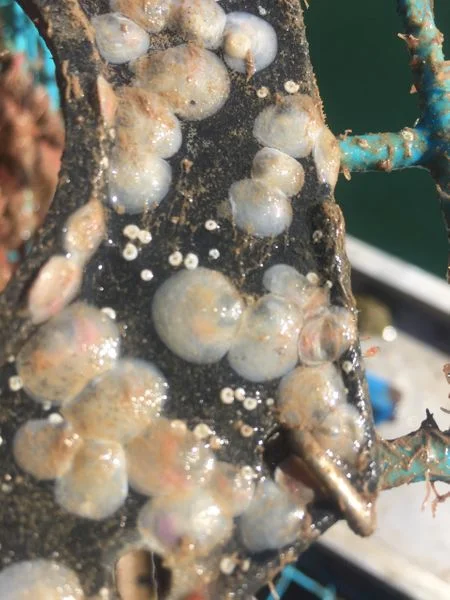
Jingle shells on fishing equipment. The round, white swirls are spiral tube worms.
Tidepool Tim says, “Jingle shells look like a one-sided mini clam. They actually do have 2 valves, but the underside one is very thin and almost transparent. These fragile little guys are filter feeders and do their best to be out in the open in areas that have an abundance of seawater and tidal flow. Sometimes tide-poolers think that they have discovered tiny oysters when they see jingle shells. This is because their shells are lumpy and bumpy and resemble a small oyster. Jingle shells are filter feeding molluscs and are bivalves.”



